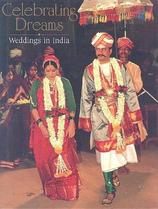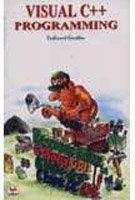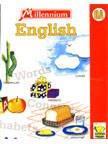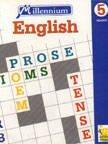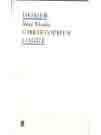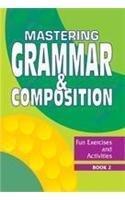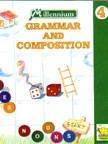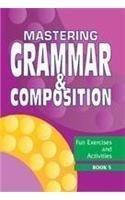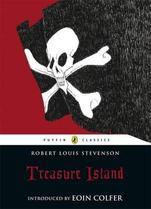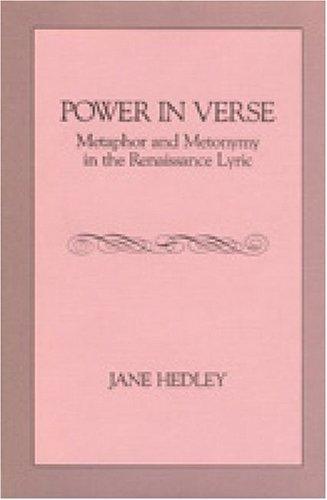

Download App
| >> | LShop | >> | Book | >> | Fiction & Related It... | >> | Fiction-related Item... | >> | Power In Verse: Meta... |

Power in Verse: Metaphor and Metonymy in the Renaissance Lyric
-
ISBN
:
9780271006239
-
Publisher
:
Pennsylvania State Univ Pr (Txt)
-
Subject
:
Fiction-related Items, Education, Poetry
-
Binding
:
HARDCOVER
-
Pages
:
210
-
Year
:
1988
₹
3924.0

₹
3924.0
Buy Now
Shipping charges are applicable for books below Rs. 101.0
View DetailsEstimated Shipping Time : 5-7 Business Days
View Details-
Description
English lyric poetry from Wyatt to Donne falls into three consecutive stylistic phases. Tottel's Miscellany presided over the first, making the lyrics of Wyatt and Surrey available for imitation by mid-century poets like Barnabe Googe, George Turberville, and George Gascoigne. The Shepheardes Calender and Sidney's Defense of Poesy ushered in the second, the Elizabethan or "Golden" phase of the 1580s and 1590s. In the third phase Donne and Jonson, reacting against the stylistic orientation of the Elizabethan poets, reconceived the status of "poesy" and resituated the lyric for a post-Elizabethan audience.Chapter 7 is shared between Donne ad Jonson, post-Elizabethan writers who used metonymy to subvert the metaphoric stance of Elizabethan poetry. In a postscript Hedley takes on the "metaphysical conceit" for a final demonstration of the explanatory power of Jakobson's theory of language.Professor Hedley uses the semiotic theory of Roman Jakobson to create stylistic profiles for each of these three phases of early Renaissance poetry. Along with the poetry itself she reexamines contemporary treatises, "defenses," and "notes of instruction" to highlight key features of poetic practice. She proposes that early and mid-Tudor poetry is "metonymic," that the collective orientation of the Elizabethan poets is "metaphoric," and that Donne andJonson bring metonymy to the fore once again.Chapter 1 sets out the essentials of Jakobson's theory. Hedley uses particular poems to show what is involved in claiming that a writer or a piece of writing has metaphoric or a metonymic basis. Chapter 2 explains how the metaphoric bias of Elizabethan poetry was produced, as "poesy" became part of England's national identity. This chapter broadens out beond the lyric to include other modes of writing whose emergence belongs to an Elizabethan "moment" in the history of English literature. Beyond chapter 2, each chapter has a double purpose: to create sylistic profile for a single poetic generat
-
Author Biography
Jane Hedley teaches English at Bryn Mawr College.
Related Items
-
of












 3924.0
3924.0





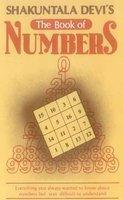
 135.0
135.0
